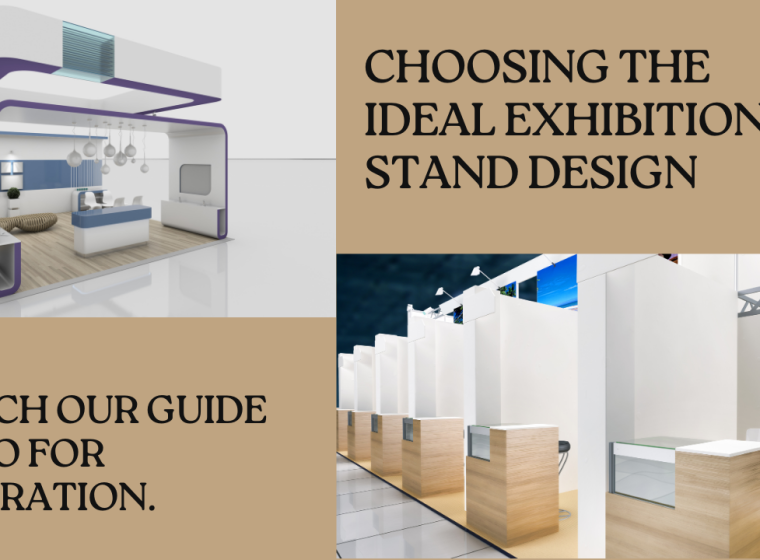Exhibiting at a trade show or exhibition is a powerful way to promote your brand, network with industry professionals, and generate leads. However, the cost of setting up an exhibition stand can vary widely depending on several factors. Understanding these factors can help you budget effectively and maximize your return on investment (ROI). Let’s explore the key elements that influence the cost of an exhibition stand and provide a breakdown of typical expenses.
1. Type of Exhibition Stand
The type of stand you choose plays a significant role in determining the overall cost. Here are some common types of exhibition stands:
- Modular Stands: These are pre-designed, flexible stands that can be easily assembled and reconfigured. They are cost-effective and suitable for businesses looking for a professional setup without a hefty price tag.
- Custom-Built Stands: Tailored to your specific requirements, these stands offer unique designs that align with your brand identity. Custom stands are usually more expensive due to the bespoke design and materials used.
- Portable Stands: Lightweight and easy to transport, these stands are ideal for businesses attending multiple events. They include pop-up displays, banners, and tabletop displays, which are generally more affordable.
2. Size of the Stand
The size of your exhibition stand is another critical factor affecting the cost. Larger stands require more materials and labor to construct, leading to higher expenses. When selecting the size, consider your budget and the amount of space needed to effectively showcase your products or services.
3. Design and Graphics
High-quality graphics and an eye-catching design are essential for attracting visitors to your stand. Professional design services can vary in cost based on the complexity of your requirements. Investing in high-resolution graphics, interactive displays, and multimedia elements can enhance the visual appeal but also increase the overall cost.
4. Materials and Construction
The choice of materials used in constructing your stand impacts the cost significantly. Common materials include wood, metal, acrylic, and fabric. Custom-built stands often use premium materials to achieve a unique look, which can drive up costs. Modular and portable stands typically use more cost-effective materials.
5. Additional Features and Accessories
Adding extra features and accessories to your stand can improve functionality and visitor engagement but will also add to the cost. Consider elements such as:
- Lighting: Effective lighting can highlight key areas of your stand and create an inviting atmosphere.
- Furniture: Comfortable seating, display counters, and storage units are essential for a professional setup.
- Technology: Incorporating screens, tablets, VR experiences, and other tech gadgets can attract visitors but come at an additional expense.
- Branding: Branded merchandise, promotional giveaways, and brochures contribute to a complete exhibition experience.
6. Logistics and Installation
Transporting your exhibition stand to the event venue and setting it up requires careful planning and additional costs. Depending on the complexity of your stand, you may need professional installation services. Be sure to factor in expenses related to shipping, handling, and on-site labor.
7. Event Location and Duration
The location of the event can influence costs due to varying rental fees, labor rates, and logistics expenses. Additionally, the duration of the event may impact the overall budget. Longer events may incur higher costs for staffing, accommodation, and maintenance.
Follow me: Linkedin
Cost Breakdown Example
Here’s a rough breakdown of costs for a medium-sized custom-built exhibition stand:
- Design and Graphics: $2,000 – $5,000
- Materials and Construction: $5,000 – $20,000
- Lighting and Technology: $1,000 – $3,000
- Furniture and Accessories: $1,000 – $3,000
- Logistics and Installation: $2,000 – $5,000
- Total Estimated Cost: $11,000 – $36,000
Conclusion
The cost of having an exhibition stand varies based on multiple factors including the type, size, design, materials, and additional features. By understanding these elements, you can make informed decisions and plan a budget that aligns with your marketing goals. Remember, investing in a well-designed and strategically planned exhibition stand can significantly enhance your brand presence and yield substantial returns.




